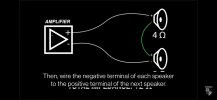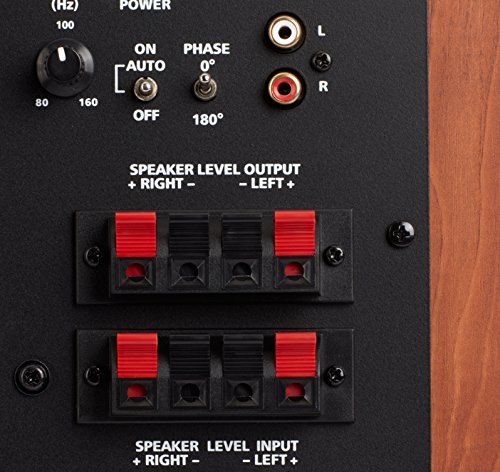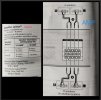Hi everyone,
I know that when we connect some passive speakers to stereo amp we look for impedance and watts to understand the amp-speaker compatibility. Can someone please help me to understand sub-speaker compatibility?
Similarly, how to understand anp-sub-speaker compatibility when connecting them as per below diagram?
Please share some arbitrary example, if possible?
Thanks in advance.
Regards.
I know that when we connect some passive speakers to stereo amp we look for impedance and watts to understand the amp-speaker compatibility. Can someone please help me to understand sub-speaker compatibility?
Similarly, how to understand anp-sub-speaker compatibility when connecting them as per below diagram?
Please share some arbitrary example, if possible?
Thanks in advance.
Regards.




